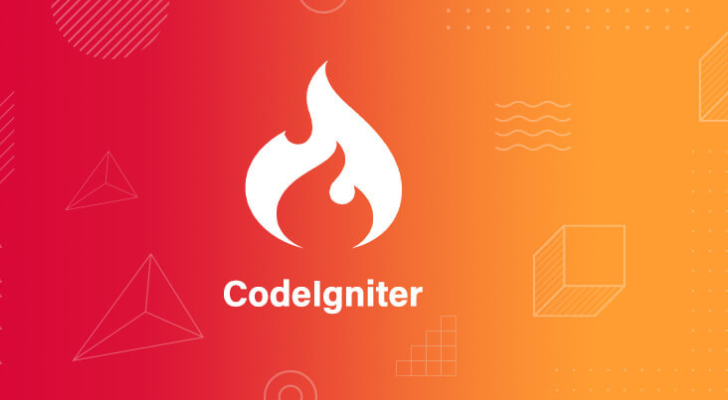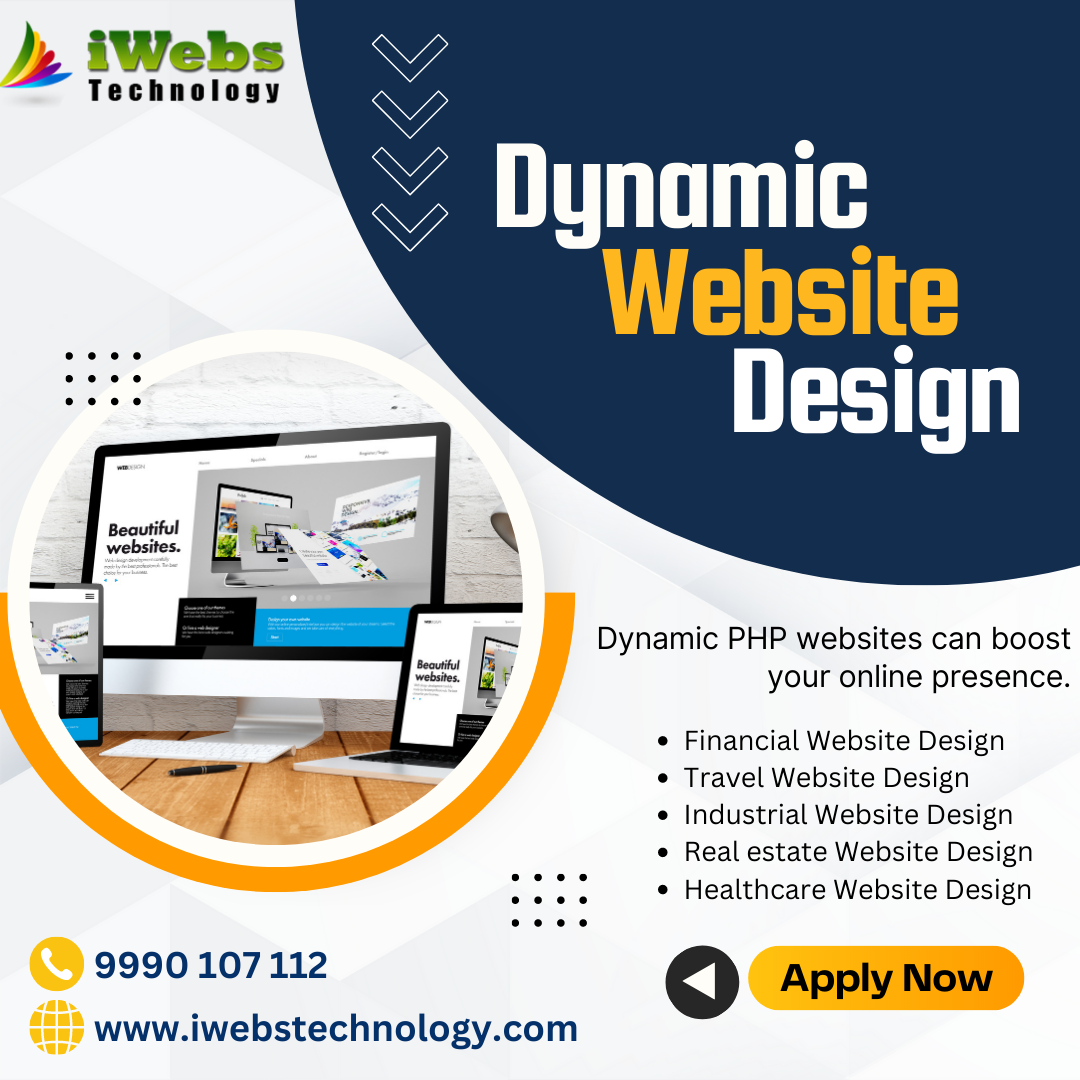Codeigniter Ecommerce

CodeIgniter, a powerful PHP framework, provides a solid foundation for developing dynamic and feature-rich ecommerce websites. With its lightweight structure, modular approach, and extensive libraries, CodeIgniter simplifies the process of building scalable and efficient ecommerce platforms. Let's explore the key features, benefits, and considerations of using CodeIgniter for ecommerce development.
Key Features of CodeIgniter Ecommerce:
-
MVC Architecture: CodeIgniter follows the Model-View-Controller (MVC) architectural pattern, which promotes modular development, making it easier to manage and scale ecommerce applications.
-
Lightweight and Fast: CodeIgniter is known for its lightweight footprint, ensuring quick loading times for ecommerce websites. This speed is crucial for providing a seamless user experience.
-
Built-in Libraries: CodeIgniter comes with a set of built-in libraries for common tasks, such as form validation, database interaction, and session management. These libraries streamline development and reduce the need for repetitive coding.
-
Flexibility and Customization: CodeIgniter offers flexibility in terms of customization. Developers can tailor ecommerce websites to meet specific business requirements, ensuring a unique and personalized user experience.
-
Database Abstraction: CodeIgniter's database abstraction features simplify database interactions. It supports various databases, providing flexibility for ecommerce applications to choose the most suitable backend.
-
Security Measures: The framework includes built-in security features, such as input validation, output encoding, and protection against SQL injection and cross-site scripting (XSS) attacks. This ensures a secure environment for online transactions.
-
Community Support: CodeIgniter has a vibrant and active community of developers who contribute to forums, discussions, and the continual improvement of the framework. This support network is valuable for troubleshooting and staying updated on best practices.
-
Scalability: CodeIgniter allows for seamless scalability, making it suitable for ecommerce businesses of all sizes. Whether you're starting small or expanding your product catalog, CodeIgniter can accommodate growth.
Benefits of CodeIgniter Ecommerce:
-
Rapid Development: CodeIgniter's simplicity and clear documentation enable developers to build ecommerce websites quickly, reducing time-to-market for online stores.
-
Cost-Effective: Being an open-source framework, CodeIgniter eliminates licensing fees, making it a cost-effective solution for businesses looking to establish an online presence.
-
Customization Possibilities: CodeIgniter's modular structure and extensive libraries facilitate easy customization, allowing businesses to tailor their ecommerce platforms to unique branding and functional requirements.
-
Community and Resources: The active CodeIgniter community provides a wealth of resources, including tutorials, plugins, and extensions. This community support ensures that developers have access to a broad range of tools and knowledge.
-
Compatibility with Third-Party APIs: CodeIgniter integrates seamlessly with third-party APIs, enabling ecommerce websites to incorporate additional functionalities such as payment gateways, shipping services, and more.
Considerations When Using CodeIgniter for Ecommerce:
-
Learning Curve: Developers new to CodeIgniter may experience a learning curve. However, the framework's clear documentation and supportive community can assist in overcoming this hurdle.
-
Ongoing Maintenance: Regular updates and maintenance are essential to keep the ecommerce website secure and optimized. Developers need to stay informed about the latest releases and security patches.
-
Dependency on Developer Skill: The efficiency and success of a CodeIgniter ecommerce project can be highly dependent on the skills and experience of the development team. Businesses should consider working with experienced CodeIgniter developers.
🚀 Master Top Web & App Frameworks
Explore structured tutorials for AngularJS, React, Laravel, Flutter, PHP, SQL, and more.
📘 Introduction to AngularJS
Introduction to AngularJS overview
📘 Introduction to Laravel
Learn Introduction to Laravel in Laravel with real-world examples and step-by-step guide.
📘 Introduction to CodeIgniter
An introduction to Introduction to CodeIgniter in CodeIgniter with examples.
📘 Introduction to React
Quick overview and guide to Introduction to React in React JS.
📘 Introduction to Flutter
An easy-to-follow tutorial on Introduction to Flutter in Flutter mobile app development.
📘 Introduction to Kotlin
Learn Introduction to Kotlin in Kotlin programming with examples for Android or backend apps.
📘 Introduction to PHP
Understand Introduction to PHP in PHP with practical examples and clear syntax.
📘 Introduction to SQL
Understand Introduction to SQL in SQL for effective database querying and management.
📘 Introduction to Bootstrap 5
Understand Introduction to Bootstrap 5 in Bootstrap 5 for responsive web design using pre-built components.
📘 Introduction to HTML
Understand Introduction to HTML in HTML to create structured, semantic, and accessible web content.
📘 Introduction to CSS
Explore Introduction to CSS in CSS to enhance web design using styling properties and layout techniques.
📘 Introduction to JavaScript
Understand Introduction to JavaScript in JavaScript to build dynamic and interactive web experiences.
📘 Introduction to Node.js
Explore Introduction to Node.js in NodeJS for backend development using JavaScript and non-blocking architecture.
📘 Introduction to AJAX
Understand Introduction to AJAX in AJAX to update web pages without full reloads using asynchronous JavaScript and XML.
📘 Introduction to jQuery
Learn Introduction to jQuery in jQuery to write less and do more with simplified JavaScript operations and cross-brow...
📰 Latest Blog Posts
Insights, tutorials, and tech stories from our experts.
Transform Your Passion into a Web Development Career
Do you love tech? Let’s turn it into a profession with full stack development.
Not Just Coding – Career-Focused Full Stack Training
We don’t just teach code—we teach how to get jobs with it.
Learn, Code, Build, Get Hired – Full Stack Program
A step-by-step path to go from beginner to hired developer.
BCA/MCA/B.Tech? Start Building Real Websites Now!
Already pursuing IT education? Now build real websites with us!
Offline Full Stack Training in Dwarka & Uttam Nagar – Limited Seats!
Join our offline batch in Dwarka or Uttam Nagar and learn full stack development practically.
Struggling in Interviews? Build Skills That Get You Hired!
Facing rejections in job interviews? Build the right skills and project experience.


